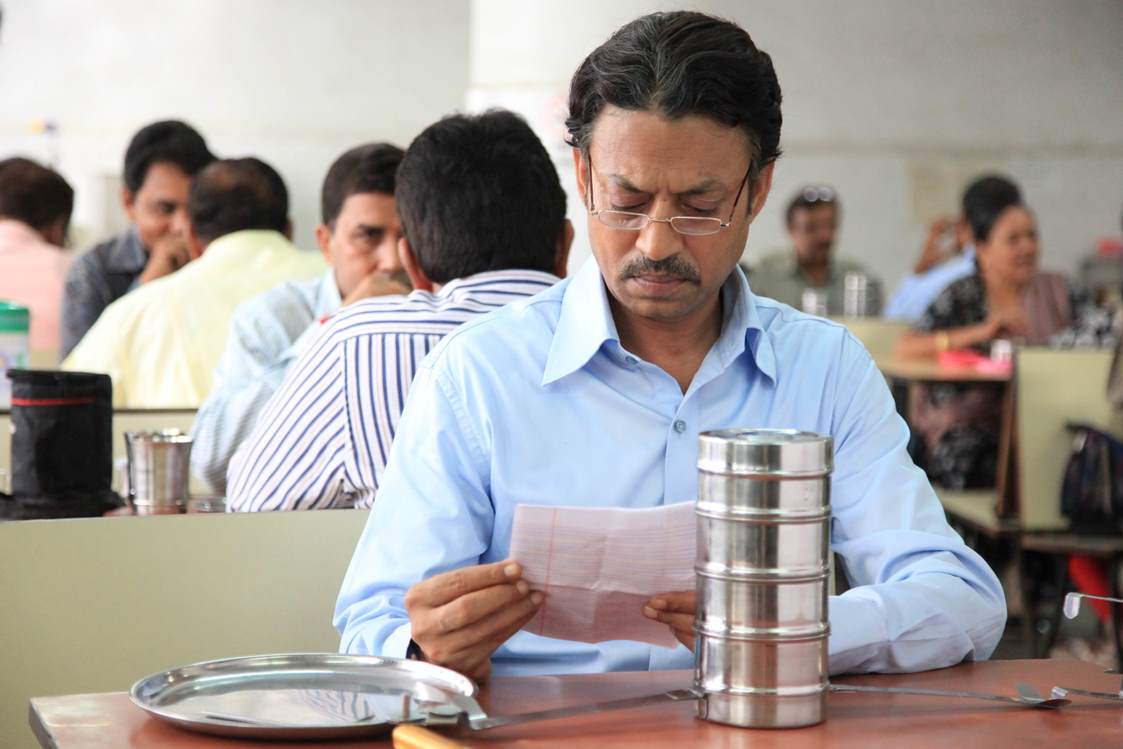Even after 68 years of Independence, Indian movie buffs are still looking West for approval — be it Oscars, Cannes, Berlin, Venice, Toronto — even though our stupid movies are laughed off, with ceremony, in record time.
Besharam as we are, we still keep at it, with the law of diminishing returns working overtime, but hell, who cares?
“Pata nahin, kabhi na kabhi, phirang log meherban to zaroor honge?” That was a young man lashing out at a Bollywood junkie at a party in Delhi, last week, who claimed that Bollywood today is a true game-changer and global phenomenon. The loyalist’s take was passionate, forthright and upfront. “Boss, we are the only industry on earth to have taken on the great Hollywood juggernaut by the horns, gone eye-ball to eye-ball and silenced it — something no other country on earth has managed to do. In India, not Tom Cruise, Leonardo DiCaprio, Brad Pitt or any of the hot firang babes stand a chance against our killer Khans or our hi-voltage heroines. Besides, their top stars are forever bogeying with our stars, landing up in India for shoots, promotions, exotic holidays or spiritual breaks. Most importantly, Bollywood products have been raking in big bucks from the international arena, the likes of which never happened before, even hitting zones where there is no Hindi speaking population, imagine! What does all this mean … clearly Duniya meri Jeb mein.”
Honestly though, we are nothing more than a speck in the world of global cinema and continue to demonstrate deep concern at how the West responds to our products, as is abundantly manifest in our hysterical presence at global cinematic platforms. However, thanks to our 1.2 billion population, there is never a shortage of starry-eyed, domestic audiences, which in turn attracts many big-ticket Hollywood studios to seek out productions, alliances and collaborations. Recently, atleast 10 Bollywood films have grossed between $10 million to $25 million abroad. Many of these movies have scored in countries beyond the (US, UK, Canada, West Asia) Diaspora, such as Australia, New Zealand, Africa, even South East countries like Malaysia and Singapore. Analyst Taran Adarsh reckons that “in their own ways, both Dhoom3 — which raked up $25 million plus and Lunchbox, which did well in a modest way, compared to its tiny budget — pushed the boundaries beyond the NRI space to earn good returns.”
Adds Ashesh Jani, Partner, Deloitte Haskins & Sells, Portugal , “Bollywood is also doing something never seen before: making inroads into non-Hindi-speaking countries. Mauritius, Portugal, Germany and South America represent some of the new, emerging places.”
A recent FICCI-KPMG Report indicates that the industry is stated to grow at a compounded rate of 11.5% to touch close to Rs. 19,500 crores ($3 billion) in 2017. Despite always having export markets, Bollywood was never really considered a hot item abroad. It was Aditya Chopra’s 1995 path-breaking blockbuster Dilwale Dulhaniya Le Jayengay that opened the floodgates to the NRI films phenomenon. Eighteen years later, Shah Rukh Khan remains the Poster Boy of crazed fans abroad, reflected in the simple fact that of the 10 all-time big grossers in the West, five are SRK-starrers.
Noted film critic, Saibal Chatterjee, who has seen this phenomenon up-close, across major festivals and cities across the world, remains unmoved: “The trouble with these Bollywood guys is that, residing in a world of fantasy and make-believe, they’ve lost all connection with reality.
“Sure their films are going to more places and earning more returns than ever before, but does that make you a global force? Let’s take it point by point. In terms of overall returns, they don’t earn a fraction of what Hollywood does and in world rankings, are nowhere. As a cultural force, they are zilch. As Faroukh Dhondy has said “Bolywood is really a colourful sort of curiosity in the West, inviting buzz and audiences for that very reason. Satyajit Ray, Mrinal Sen, Ritwik Ghatak, Shyam Benegal, and Adoor Gopalakrishnan showcased stunningly original work reflecting the Indian reality in a humanistic manner that appeared universally through their unique manner of story-telling; a compelling, riveting narrative that informed, enriched and empowered in one fell swoop. Be it Martin Scorsese, Francis Ford Coppola, Steven Spielberg, Al Pacino, Robert DeNiro or Richard Gere — not Adi Chopra, Karan Johar, Sanjay Bhansali or the Khans — they all continue to be awed by Satyajit Ray.
“Two decades after his death and five decades after their release, his Apu Trilogy, Jalsaghar and Charulata held the packed audiences in Cannes spellbound. Hollywood is polite and when its denizens are queried about Bollywood, they always make the right noises, but in reality, it’s something that amuses and bewilders them in equal measure. In recent times there is a lot of sound and fury from a section of Bollywood fixated media, but can their films compare with gems from Korea, China, Iran?”
Adds Trade Analyst, Komal Nahata, “Chatterjee is right. Mostly, our films are consumed by the NRI constituency and although they travel to all sorts of countries, their share of audience or returns in those parts are miniscule. The day we start making films blending local roots with global perspective, that’s the day we will be perceived as a global force.”
Until then, celebrate the $25 million U.S. raked in by Dhoom3 by all means. But take note also of the composition and profile of the audiences in terms of nationalities and headcount and identify the ones who are screaming, laughing, crying, enjoying full-on the hi-pitched melodrama played out by the Khans or Kaptivating Katrina, Deadly Deepika, Pulverizing Priyanka, Vivacious Vidya, Sexy Sonakshi, Bosomy Bips … or Kool Kareena.


You must be logged in to post a comment Login